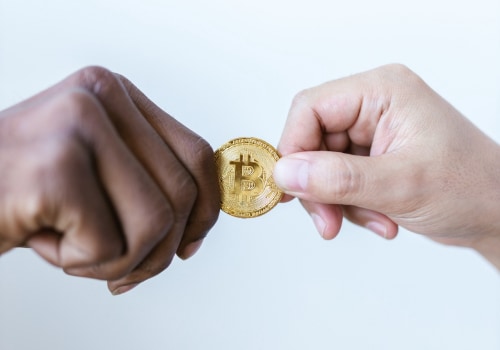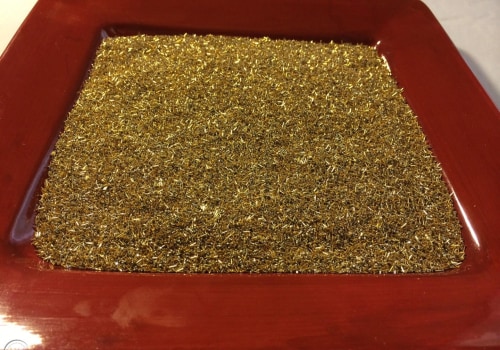There are many ways to buy precious metals such as gold, silver and platinum, and a number of good reasons why you should give in to the treasure hunt. Gold · Platinum · Palladium · Fill Your Treasure Chest There are many ways to buy precious metals such as gold, silver and platinum, and a number of good reasons why you should give up on a treasure hunt. So if you're just starting out with precious metals, keep reading to learn more about how they work and how you can invest in them. The easiest way to invest in gold and silver is to buy one or more exchange-traded funds (ETFs).
There are many ways to invest in gold. You can buy physical gold in the form of jewelry, bullion and coins; buy shares in a gold mining company or other gold-related investment; or buy something that derives its value from gold. Each method has its advantages and disadvantages. This can make it overwhelming for beginner investors to know the best way to expose themselves to this precious metal.
Fidelity offers investors the opportunity to buy precious metals1 as part of a diversification strategy. Physical precious metals are unregulated products. Precious metals are speculative investments that can experience price volatility in the short and long term. The value of investments in precious metals may fluctuate and may be appreciated or decreased depending on market conditions.
If you sell in a declining market, the price you receive may be lower than your original investment. Unlike bonds and stocks, precious metals pay no interest or dividends. Therefore, precious metals may not be suitable for investors who require current income. Precious metals are raw materials that must be safely stored, which may impose additional costs on the investor.
The Securities Investor Protection Corporation (SIPC) provides some protection for clients' cash and securities in the event of bankruptcy of a brokerage company, other financial difficulties or if clients' assets are missing. SIPC insurance does not apply to precious metals or other commodities. On the contrary, unallocated precious metals begin to introduce counterparty risk, since the title is not guaranteed by the holder. In addition, each of these options includes a certain degree of leverage, or debt, by default, so that investors who overuse them and experience losses in the market can see their losses increase rapidly.
And in the chart above, that is what has happened in recent decades; gold prices have grown at the same pace as the per capita money supply, but with volatility. When thinking about investing in gold, don't just buy physical gold, such as coins or bullion. Investing in physical gold can be a challenge for investors more accustomed to trading stocks and bonds online. Carefully consider investment objectives, risks, charges and expenses of funds before investing.
But it is an example of how, although gold and silver do not produce cash flows, there is still some way to value them. Personally, I think having some gold coins hidden in your house (and an envelope with a little cash) is a good idea. We offer scalable investment products, encourage innovative solutions and provide actionable insights on sustainability issues. But investing in the physical metal can be very attractive for some investors looking to diversify their investment portfolios.
As this means buying shares of gold mining companies, you can invest using your brokerage account. Silver is affordable compared to gold and has a reputation as the precious metal of the “ordinary person”. Of course, this also varies from company to company based on many variables, but the general rule here is that AISC does not report how much it costs to mine gold profitably in the long run. .




Leave a Comment